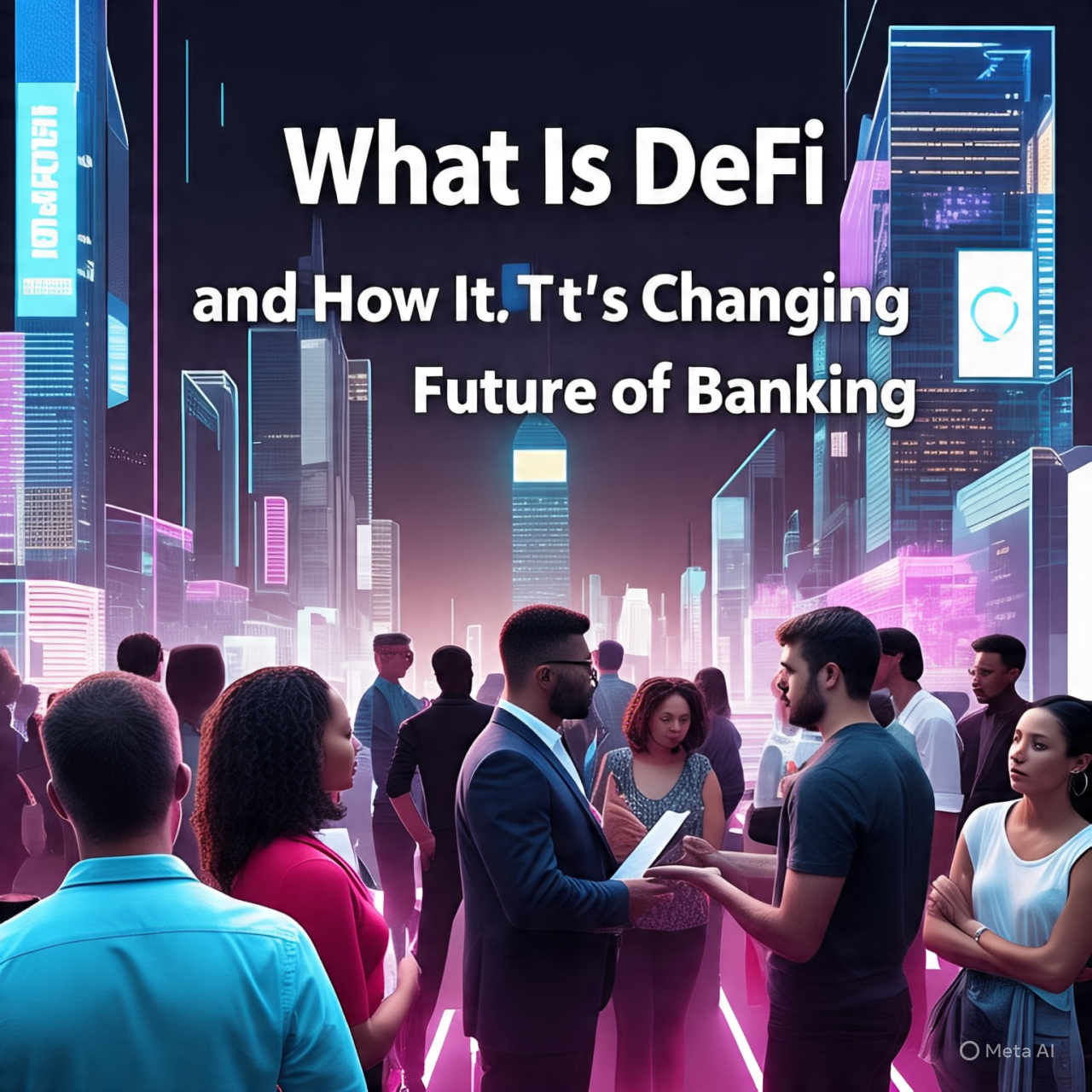What Is DeFi and How It’s Changing the Future of Banking
The financial world is undergoing a radical transformation, thanks to Decentralized Finance (DeFi). Unlike traditional banking, which relies on centralized institutions like banks and governments, DeFi operates on blockchain technology, offering open, permissionless, and transparent financial services. Here’s how DeFi is reshaping banking—and why it matters.
1. What Is DeFi?
DeFi refers to a peer-to-peer financial system built on blockchain networks (primarily Ethereum). It eliminates intermediaries, allowing users to:
- Lend & borrow directly through smart contracts.
- Trade assets on decentralized exchanges (DEXs).
- Earn interest via yield farming and staking.
Because DeFi runs on code rather than corporate policies, transactions are faster, cheaper, and accessible to anyone with an internet connection.
2. How DeFi Disrupts Traditional Banking
No Middlemen, Lower Fees
Banks charge fees for loans, transfers, and investments. DeFi cuts out these middlemen, reducing costs significantly. For example, sending money internationally via DeFi can cost pennies instead of hefty bank fees.
Financial Inclusion
Nearly 1.7 billion people worldwide lack bank accounts, but many have smartphones. DeFi gives them access to savings, loans, and investments without needing a traditional bank.
Transparency & Security
Every DeFi transaction is recorded on a public blockchain, making fraud harder to conceal. While hacks do happen (usually due to coding flaws), the system is inherently more auditable than closed banking networks.
3. Key DeFi Applications Changing Finance
- Decentralized Exchanges (DEXs): Platforms like Uniswap let users trade crypto without a central authority.
- Lending Protocols: Aave and Compound allow users to earn interest by lending crypto—no credit checks required.
- Stablecoins: Cryptocurrencies like USDC and DAI are pegged to real-world assets (e.g., USD), reducing volatility while keeping DeFi benefits.
- Yield Farming: Users can earn high returns by providing liquidity to DeFi protocols.
4. Challenges & Risks
Despite its potential, DeFi isn’t without risks:
- Smart Contract Vulnerabilities: Bugs in code can lead to exploits (e.g., the $600M Poly Network hack).
- Regulatory Uncertainty: Governments are still figuring out how to regulate DeFi, which could impact growth.
- Volatility: Crypto markets fluctuate wildly, making some DeFi investments risky.
5. The Future of Banking with DeFi
Traditional banks are already experimenting with blockchain to stay competitive. Meanwhile, DeFi is evolving with:
- Layer 2 Solutions: Faster, cheaper transactions (e.g., Arbitrum, Optimism).
- Cross-Chain Interoperability: Seamless asset transfers between different blockchains.
- Institutional Adoption: Hedge funds and corporations are entering DeFi for higher yields.
Conclusion
DeFi is more than a crypto trend—it’s a fundamental shift in how we handle money. While still in its early stages, its potential to democratize finance is undeniable. As technology improves and regulations clarify, DeFi could become a mainstream alternative to traditional banking.

